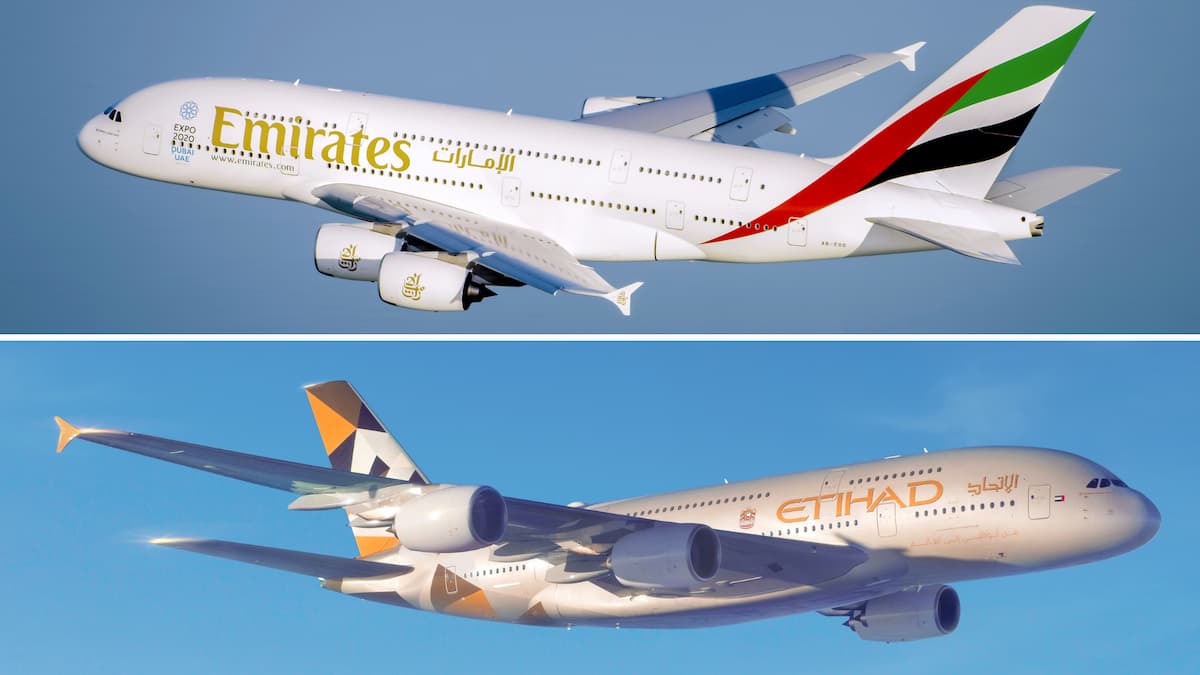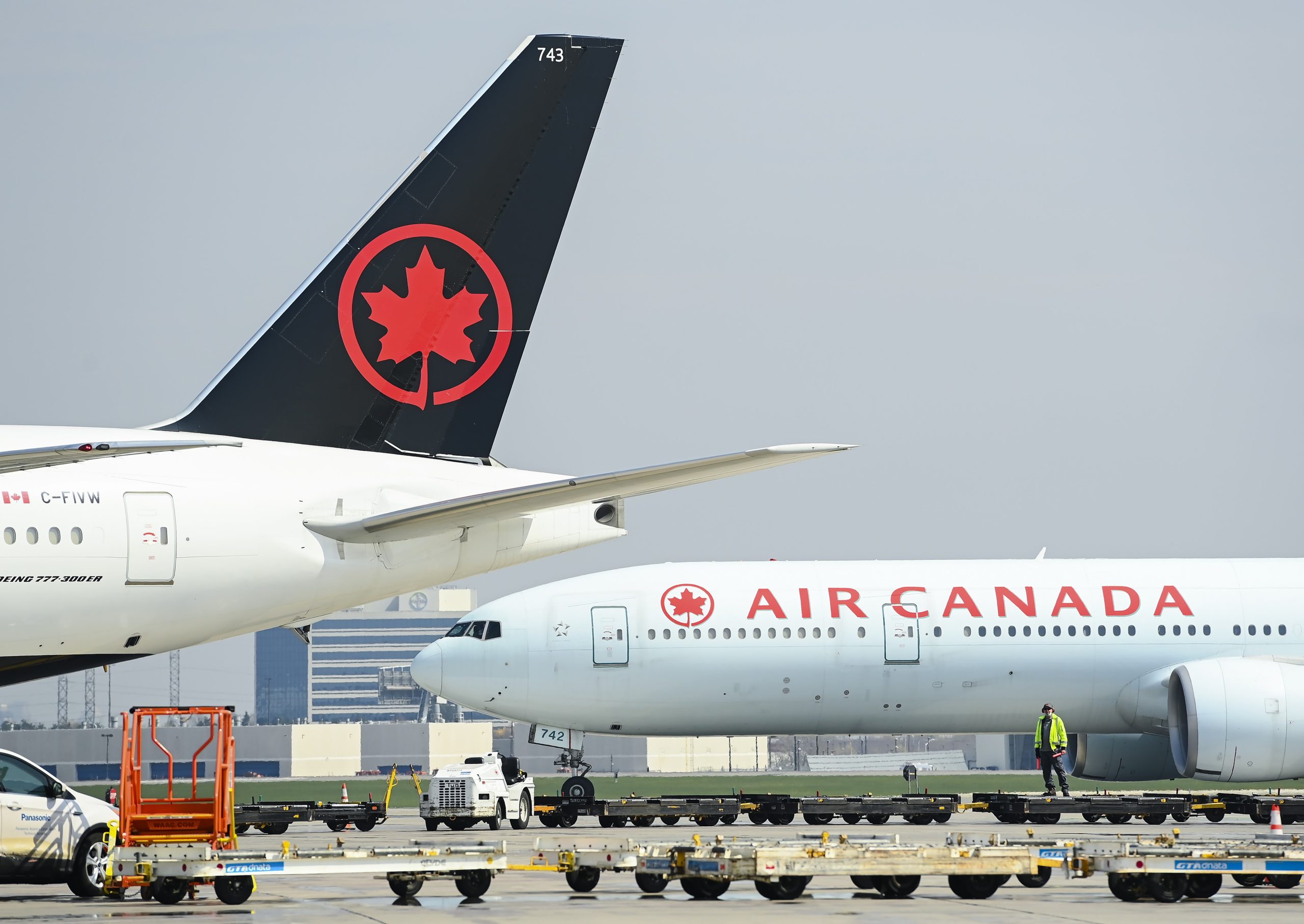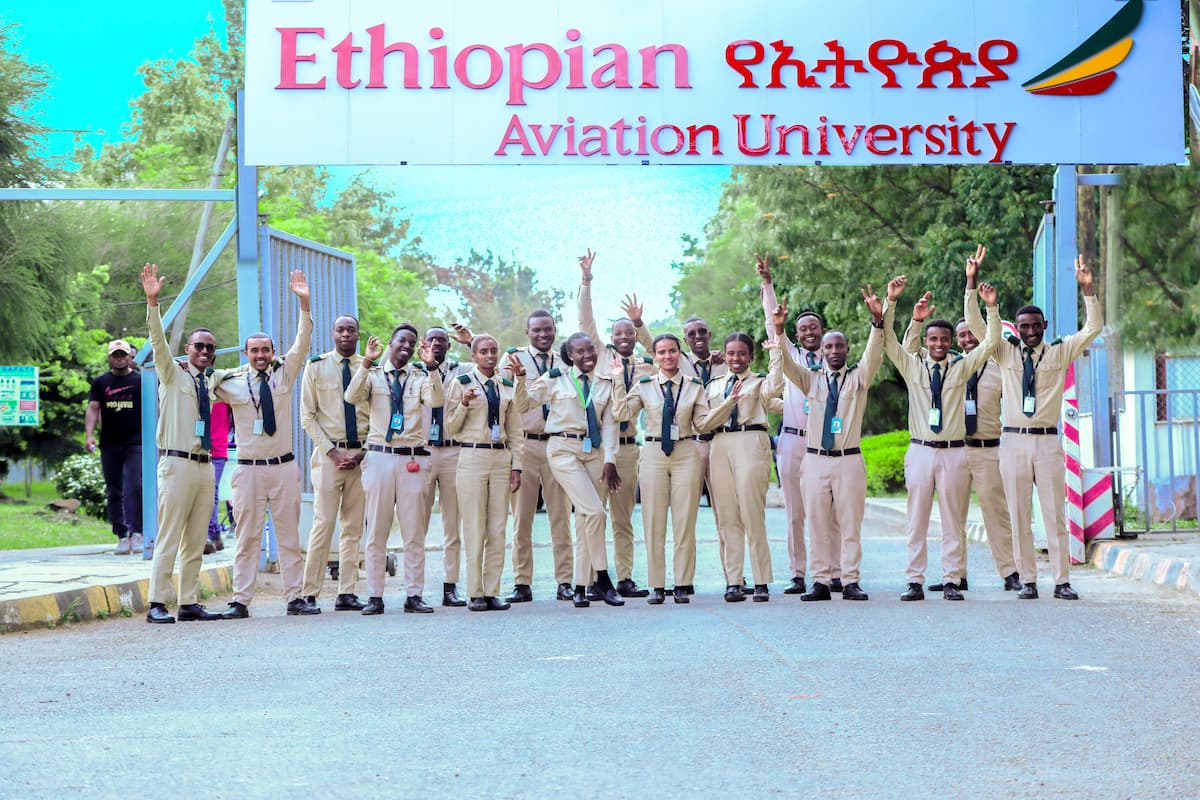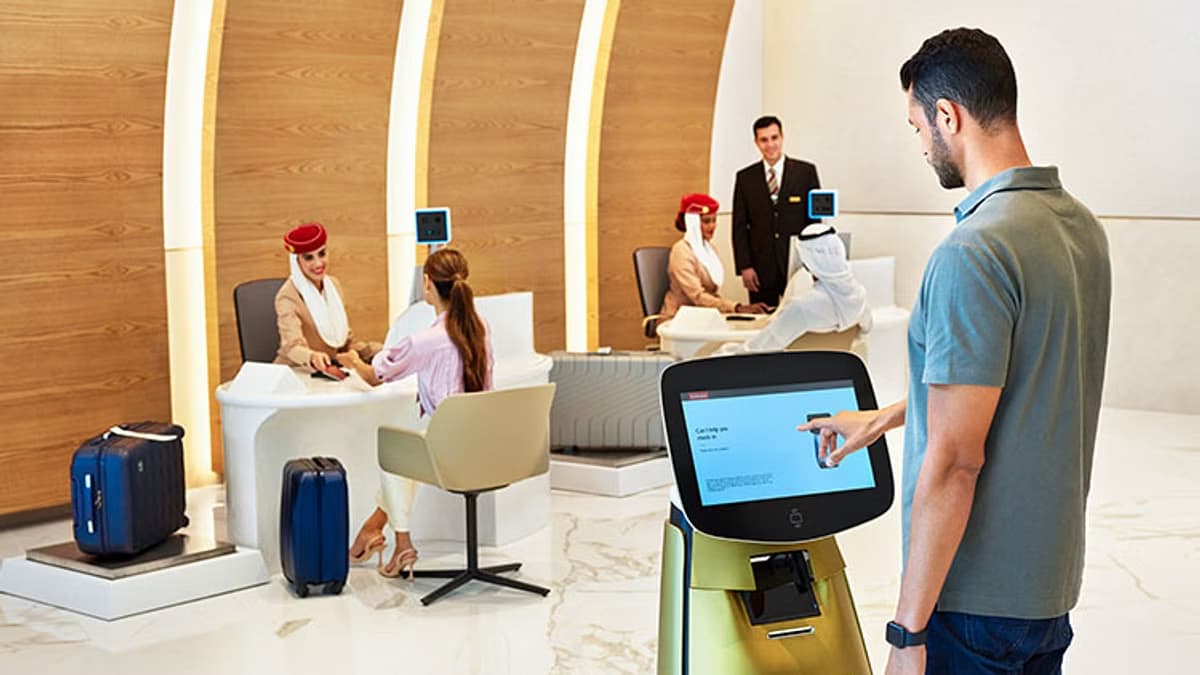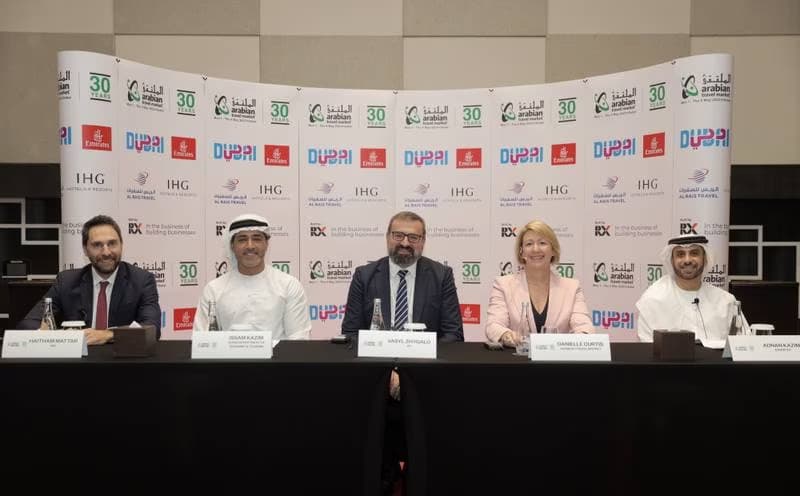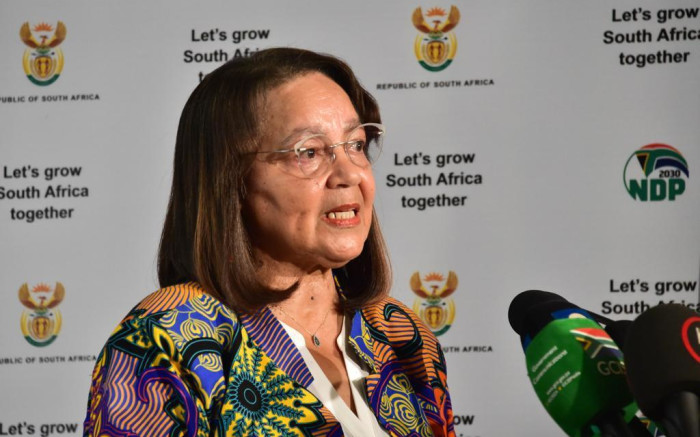Planning to visit the UAE soon? How about you land in Abu Dhabi, spend two weeks visiting everything all the seven emirates have to offer, and then fly out of Dubai, that too on the same ticket?
This has just been made possible after two of the country’s largest carriers – Abu Dhabi’s Etihad and Dubai’s Emirates – entered into an agreement that will further boost tourism in the country and at the same time enhance a tourist’s experience.
This interline agreement is the first of its kind between the two airlines, which are both on a rapid expansion spree to new destinations and have burgeoning order books ready to take on additional capacity.
“This summer, customers of each airline will be able to purchase a single ticket to fly into either Dubai or Abu Dhabi, with a seamless return via the other airport. The new agreement also provides travellers planning to explore the UAE with the flexibility of one-stop ticketing for their full journey and convenient baggage check-in,” the airlines said in a statement.
How will it work?
In the initial stages of the expanded interline, each carrier will focus on attracting visitors to the UAE by developing inbound interline traffic from select points in Europe and China. The arrangement will allow visitors to cover as much ground as possible when exploring Abu Dhabi, Dubai or any other emirate, saving time by removing the need to fly home via their arrival airport.
Customers travelling into the UAE also have the option of ‘multi-city flights’, with the choice to travel from one city on both carriers’ networks, and conveniently returning to another point served by either Emirates or Etihad.
The Memorandum of Understanding was signed at Arabian Travel Market by Adnan Kazim, Emirates’ Chief Commercial Officer, and Mohammad Al Bulooki, Chief Operating Officer, Etihad Airways, in the presence of Sir Tim Clark, President, Emirates Airline, and Antonoaldo Neves, Etihad CEO.
Tim Clark said: “We are pleased to be working again with Etihad Airways – this time to allow each carrier to offer a new range of seamless travel options in and out of the UAE. Emirates and Etihad are leveraging on our strengths to expand our respective customer offerings and boost UAE tourism. We believe this new agreement provides a strong foundation to develop further opportunities between both airlines and is an example of our commitment to the UAE’s vision for continued economic diversification.”
Antonoaldo Neves added: “We’re delighted to partner with Emirates in our shared mission to support inbound tourism to the UAE and facilitate travel to our vibrant cities. With two world-class airlines supporting UAE tourism, our interline agreement will make it more convenient for our guests to experience the best of Abu Dhabi and Dubai on one single ticket while promising to deliver an exceptional flying experience whether they fly with Etihad Airways or Emirates. It’s a win-win proposition for travellers to the UAE.”
Tourism push
The expanded interline partnership draws upon the commitment of both airlines to support the UAE government’s objective to promote tourism to the country and enhance its position as a preferred global destination. Tourism is one of the key pillars of the UAE economy and is expected to contribute 5.4 per cent of the nation’s total GDP, or Dh116.1 billion, supporting over one million jobs by 2027, according to figures from the Emirates Tourism Council.
Dubai welcomed 4.67 million international overnight visitors in the first quarter of 2023, compared to 3.97 million tourists during the same period in 2022, a 17 per cent year-on-year growth and the city’s best Q1 performance since the pandemic.
Abu Dhabi, meanwhile, has announced plans to attract more than 24 million visitors to the emirate by the end of 2023. The emirate received 18 million visitors in 2022, a 13 per cent increase over the previous year.
Expanding reach
Earlier this week, Emirates signed MoUs on the sidelines of Arabian Travel Market with Indonesia’s Ministry of Tourism and Creative Economy, the Moroccan National Tourism Office and Tourism Authority of Zimbabwe to promote inbound travel and boost visitor numbers. It signed similar agreements with authorities in Seychelles, Mauritius and the Sri Lanka as well.
The airline recently also activated its codeshare with US-based United, allowing Emirates customers to enjoy easier access to an expanded choice of US destinations. Emirates customers can now fly to three of America’s biggest business hubs – Chicago, Houston or San Francisco – and connect easily to an expansive network of domestic US points on flights operated by United.
Emirates has boosted operations by 31 per cent (total ASKMs) since the start of its financial year and has further plans to ramp up seat capacity.
“Customer demand has been very strong, and our forward bookings are also robust. Emirates is working hard on several fronts – to bring back operating capacity as quickly as the ecosystem can manage, while also upgrading our fleet and product to ensure our customers always enjoy the best possible Emirates experience,” Adnan Kazim said in an earlier statement.
The airline also plans to scale up its A380 operations with the reintroduction of the double-decker across its network, including Glasgow, Casablanca, Beijing, Shanghai, Nice, Birmingham, Kuala Lumpur, and Taipei.
It is also expanding services to several destinations such as Amsterdam, Athens, Budapest, London, Venice, Cairo, Dar es Salaam, Brisbane, Christchurch, Melbourne, Sydney, Bangkok, Beijing, Hong Kong, among others. The airline is also starting services to Montreal, and expanding capacity to Toronto.
The carrier also has plans to place more aircraft orders to meet growing demand.
“We will probably order more in the next few months on top of what we already have,” Tim Clark said earlier this week, adding that Emirates is extending the life of its existing A380 super jumbo and 777 fleets due to long lead times for aircraft deliveries.
Etihad, too, entered into partnerships with as many as six airlines earlier this year. It launched reciprocal interline partnerships with three new airline partners – Philippine Airlines, Austrian Airlines and Airlink South Africa, while re-launching interline links with Biman Bangladesh and codeshares with Air Seychelles and ITA Airways.
The airline also announced a new direct service to Lisbon for the first time, and said it will return to Málaga on the Spanish Costa del Sol and the popular Greek island of Mykonos this summer.
The airline will be offering travellers nearly 160 weekly flights to 21 destinations in Europe this summer, with 20 per cent more seats available than in 2022. Earlier, it had also announced plans to resume its A380 services this summer after heavy demand, with four super-jumbos pressed into service on the London Heathrow route.
Etihad aims to triple the number of passengers it carriers to 30 million and nearly double its fleet to 150 planes by the end of the decade, the airline’s chief said in an interview last month.
Convenience is key
Earlier this week, Etihad signed an agreement with technology firm Astra Tech that allows customers to make flight bookings using artificial intelligence within chat app Botim.
Under the deal between Etihad and Astra Tech, the airline’s clients will be able to book flights just by typing in the basic details of the service they require, with the technology then completing the booking itself.
Old pals
This is the second time the airlines have announced a collaboration. In 2018, Emirates Group Security and Etihad Aviation Group signed an MoU to strengthen aviation security, including the sharing of information and intelligence in operational areas both within and outside the UAE.
Last year, Emirates signed an MoU with the Department of Culture and Tourism – Abu Dhabi, to boost tourist numbers to the UAE capital from key source markets across the airline’s global network.
Source: Gulf News



